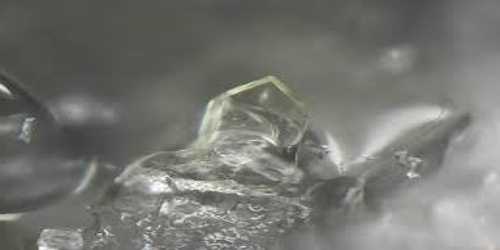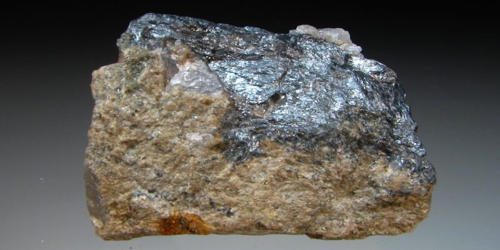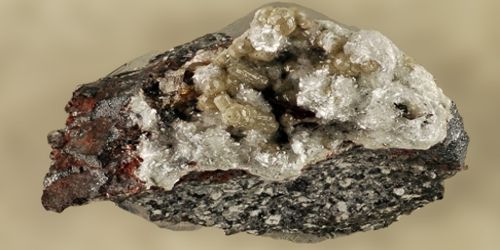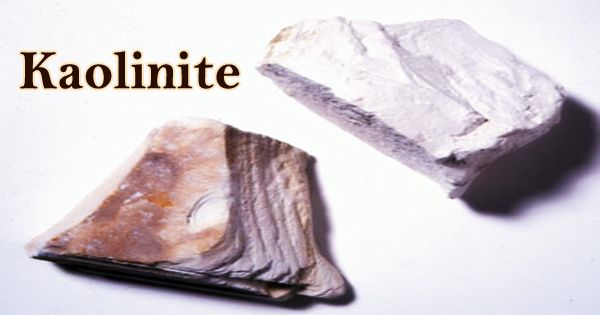Huttonite is a thorium nesosilicate mineral with the chemical formula ThSiO4 and which crystallizes in the monoclinic system. It is a mineral consisting of the monoclinic silicate of thorium dimorphous with thorite. It is a monoclinic-prismatic mineral containing oxygen, silicon, and thorium.
It was first identified in samples of beach sands from the West Coast region of New Zealand by the mineralogist Colin Osborne Hutton (1910–1971). Owing to its rarity, huttonite is not an industrially useful mineral.
General Information
- Category: Silicate mineral
- Formula: ThSiO4
- Crystal system: Monoclinic
- Crystal class: Prismatic (2/m) (same H-M symbol)

Fig: Huttonite – a thorium nesosilicate mineral
Properties
Huttonite typically occurs as anhedral grains with no external crystal faces. It is usually colorless but also appears in colors; such as cream and pale yellow. It has a white streak. It has a hardness of 4.5.
- Formula mass: 324.12 g/mol
- Color: Colorless, cream, pale yellow
- Fracture: Conchoidal
- Mohs scale hardness: 4.5
- Luster: Adamantine
- Streak: White
- Diaphaneity: Transparent to translucent
- Specific gravity: 7.1
- Optical properties: Biaxial (+)
Occurrence
Huttonite was first described in 1950 from beach sand and fluvio-glacial deposits in South Westland, New Zealand, where it was found as anhedral grains of no more than 0.2 mm maximum dimension. It is most prevalent in the sand at Gillespie’s Beach, near Fox Glacier, which is the type location, where it is accompanied by scheelite, cassiterite, zircon, uranothorite, ilmenite, and gold. It was found at a further six nearby locations in less plentiful amounts.
In addition to New Zealand, huttonite has been found in granitic pegmatites of Bogatynia, Poland, where it associated with cheralite, thorogummite, and ningyoite; and in nepheline syenites of Brevik, Norway.
Information Source:
















